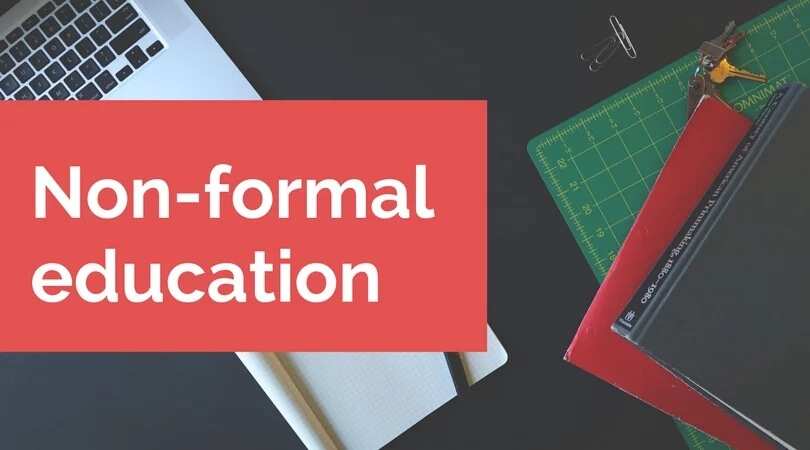

(See, for example, Coombs and Ahmed 1974). interactions with friends, family and work colleagues. Formal education is linked with schools and training institutions non-formal with community groups and other organizations and informal covers what is left, e.g. The distinction made is largely administrative. Non-formal education: any organised educational activity outside the established formal system – whether operating separately or as an important feature of some broader activity – that is intended to serve identifiable learning clienteles and learning objectives. Informal education: the truly lifelong process whereby every individual acquires attitudes, values, skills and knowledge from daily experience and the educative influences and resources in his or her environment – from family and neighbours, from work and play, from the market place, the library and the mass media.
#Principles of non formal education professional#
It’s best known statement comes from the work of Combs with Prosser and Ahmed (1973):įormal education: the hierarchically structured, chronologically graded ‘education system’, running from primary school through the university and including, in addition to general academic studies, a variety of specialised programmes and institutions for full-time technical and professional training.

What emerged was an influential tripartite categorization of learning systems.

Lifelong learning was to be the ‘master concept’ that should shape educational systems (UNESCO 1972:182). (Fordham 1993: 2)Īt around the same time there were moves in UNESCO toward lifelong education and notions of ‘ the learning society‘ which culminated in Learning to Be (‘The Faure Report’, UNESCO 1972). It was from this point of departure that planners and economists in the World Bank began to make a distinction between informal, non-formal and formal education. If we also accept that educational policy making tends to follow rather than lead other social trends, then it followed that change would have to come not merely from within formal schooling, but from the wider society and from other sectors within it. The conclusion was that formal educational systems had adapted too slowly to the socio-economic changes around them and that they were held back not only by their own conservatism, but also by the inertia of societies themselves. Many countries were finding it difficult (politically or economically) to pay for the expansion of formal education. There was concern about unsuitable curricula a realization that educational growth and economic growth were not necessarily in step, and that jobs did not emerge directly as a result of educational inputs. The idea of non-formal educationĪs Fordham (1993) relates, in 1967 at an international conference in Williamsburg USA, ideas were set out for what was to become a widely read analysis of the growing ‘world educational crisis’ (Coombs 1968). In many northern countries the notion of non-formal education is not common in internal policy debates – preferred alternatives being community education and community learning, informal education and social pedagogy. Flexibility in organization and methods.



 0 kommentar(er)
0 kommentar(er)
